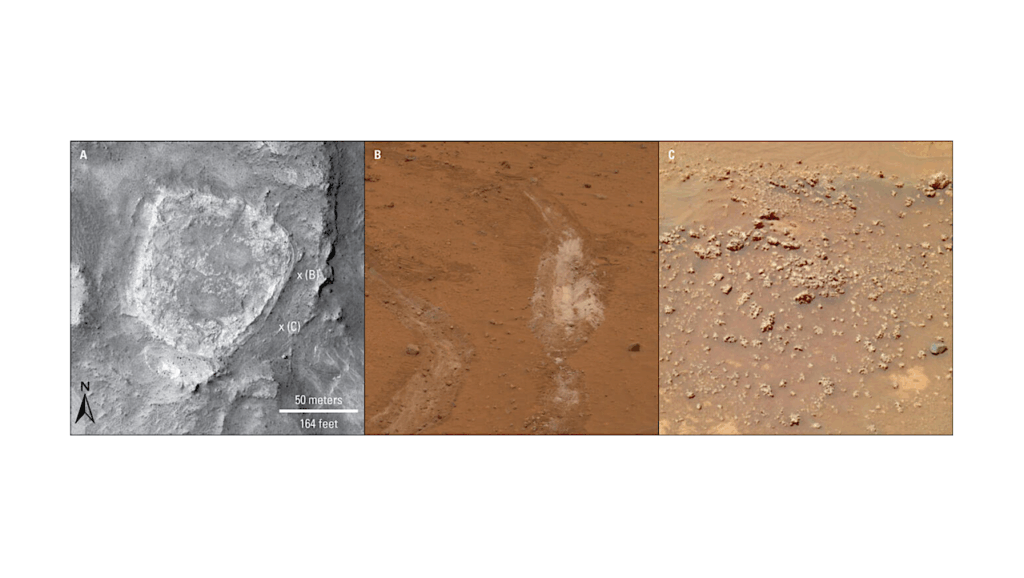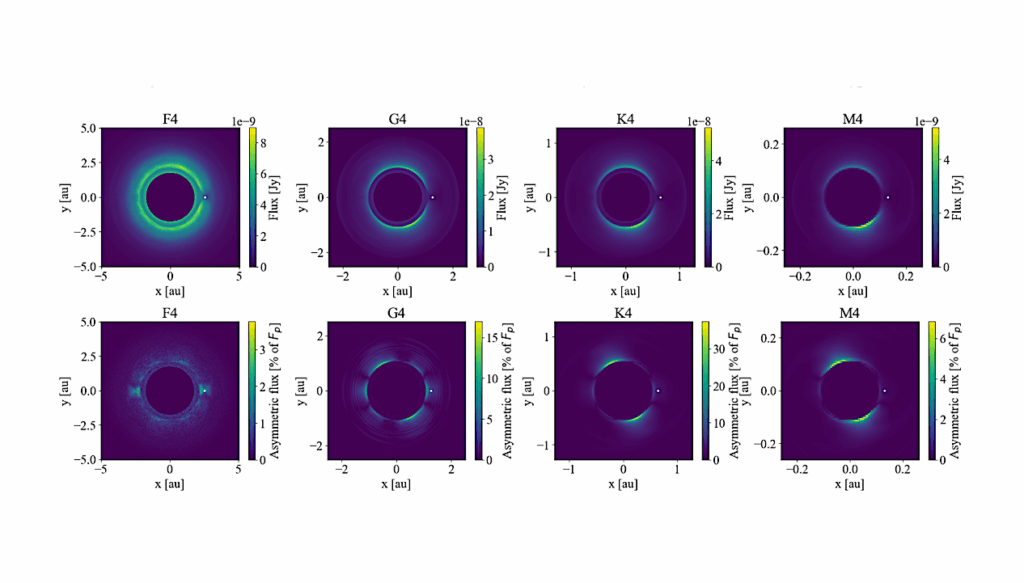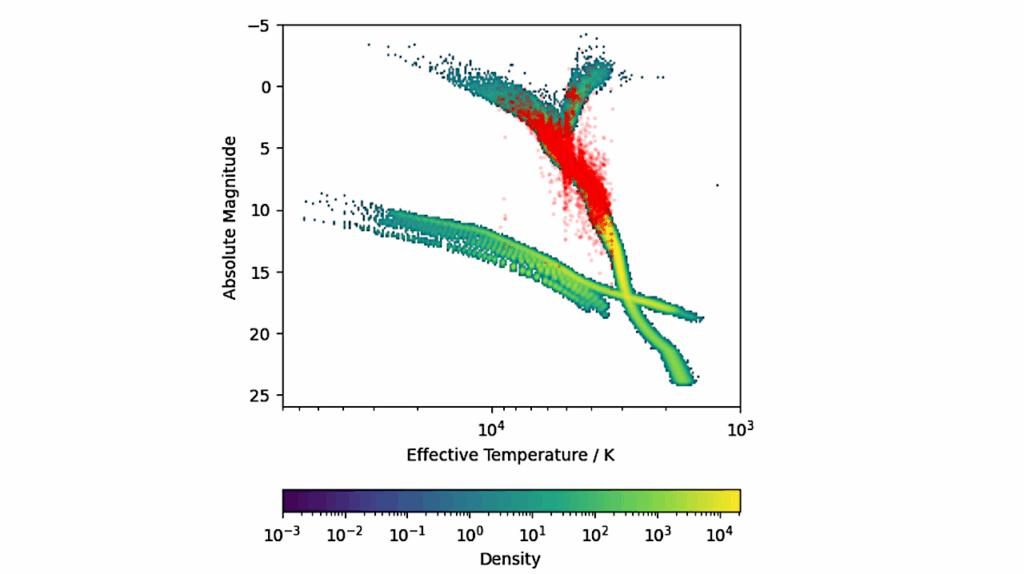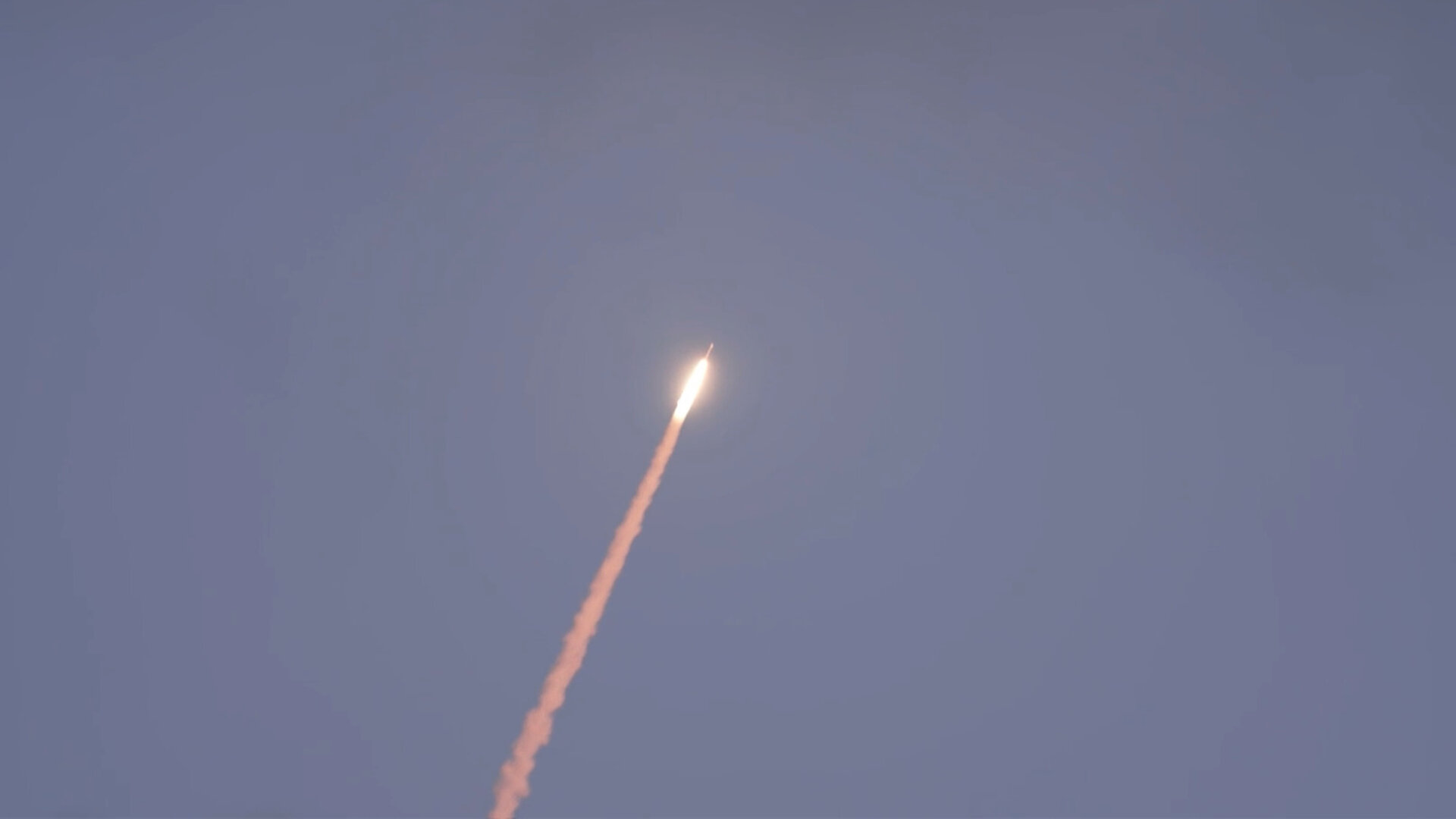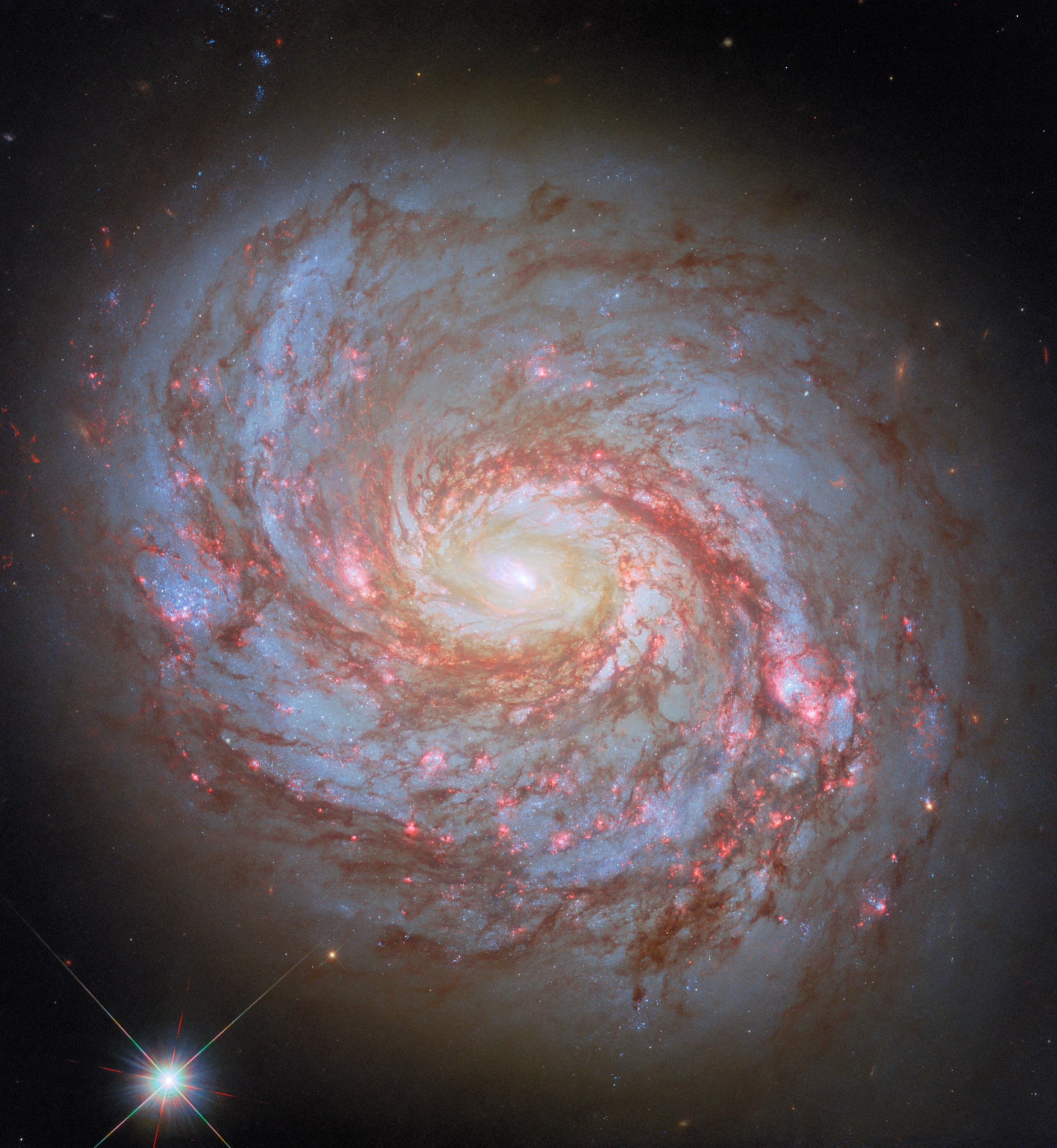Now Reading: Lightning Activity On A Tidally Locked Terrestrial Exoplanet In Storm-resolving Simulations For A Range Of Surface Pressures
-
01
Lightning Activity On A Tidally Locked Terrestrial Exoplanet In Storm-resolving Simulations For A Range Of Surface Pressures
Lightning Activity On A Tidally Locked Terrestrial Exoplanet In Storm-resolving Simulations For A Range Of Surface Pressures
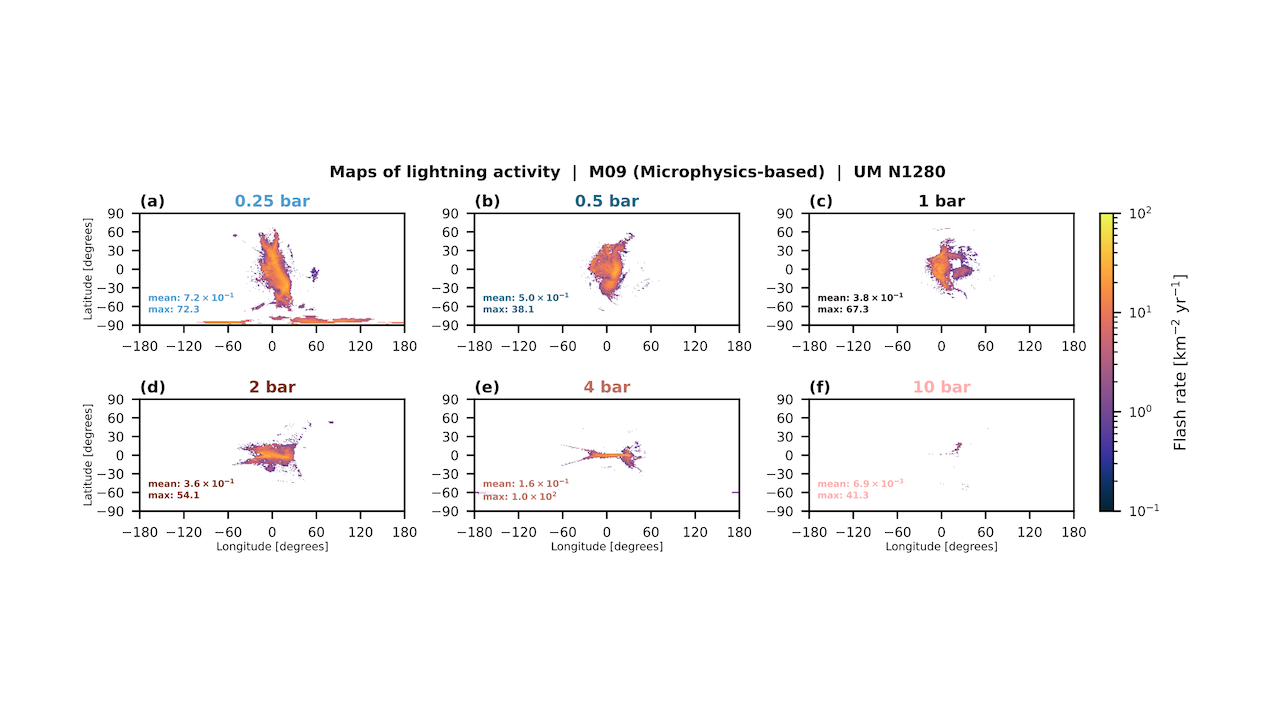

Maps of the lightning flash rate in flashes km−2 yr−1 diagnosed by the M09 scheme in high-resolution UM simulations with the surface pressure of 0.25, 0.5, 1, 2, 4, 10 bar. Note the logarithmic scale of the colour bar. — astro-ph.EP
Cloudy atmospheres produce electric discharges, including lightning. Lightning, in turn, provides sufficient energy to break down air molecules into reactive species and thereby affects the atmospheric composition.
The climate of tidally locked rocky exoplanets orbiting M-dwarf stars may have intense and highly localised thunderstorm activity associated with moist convection on their day side. The distribution and structure of lightning-producing convective clouds is shaped by various climate parameters, of which a key one is atmospheric mass, i.e. surface air pressure.
In this study, we use a global storm-resolving climate model to predict thunderstorm occurrence for a tidally locked exoplanet over a range of surface pressures. We compare two lightning parameterisations: one based on ice cloud microphysics and one based on the vertical extent of convective clouds.
We find that both parameterisations predict that the amount of lightning monotonically decreases with surface pressure due to weaker convection and fewer ice clouds. The spatial distribution of lightning on the planet changes with respect to the surface pressure, responding to the changes in the large-scale circulation and the vertical stratification of the atmosphere.
Our study provides revised, high-resolution estimates for lightning activity on a tidally locked Earth-like exoplanet, with implications for global atmospheric chemistry.
Denis E. Sergeev, James W. McDermott, Lottie Woods, Marrick Braam, Jake K. Eager-Nash, Ian A. Boutle
Comments: 12 pages, 6 figures; Submitted for publication in the Monthly Notices of the Royal Astronomical Society
Subjects: Earth and Planetary Astrophysics (astro-ph.EP); Atmospheric and Oceanic Physics (physics.ao-ph)
Cite as: arXiv:2504.19883 [astro-ph.EP] (or arXiv:2504.19883v1 [astro-ph.EP] for this version)
https://doi.org/10.48550/arXiv.2504.19883
Focus to learn more
Submission history
From: Denis Sergeev
[v1] Mon, 28 Apr 2025 15:13:49 UTC (494 KB)
https://arxiv.org/abs/2504.19883
astrobiology
Stay Informed With the Latest & Most Important News
Previous Post
Next Post
-
 012024 in Review: Highlights from NASA in Silicon Valley
012024 in Review: Highlights from NASA in Silicon Valley -
 02Panasonic Leica Summilux DG 15mm f/1.7 ASPH review
02Panasonic Leica Summilux DG 15mm f/1.7 ASPH review -
 03How New NASA, India Earth Satellite NISAR Will See Earth
03How New NASA, India Earth Satellite NISAR Will See Earth -
 04And Thus Begins A New Year For Life On Earth
04And Thus Begins A New Year For Life On Earth -
 05Astronomy Activation Ambassadors: A New Era
05Astronomy Activation Ambassadors: A New Era -
06SpaceX launch surge helps set new global launch record in 2024
-
 07Space Force plans new ‘Futures Command’ amid pressure to speed up modernization
07Space Force plans new ‘Futures Command’ amid pressure to speed up modernization













